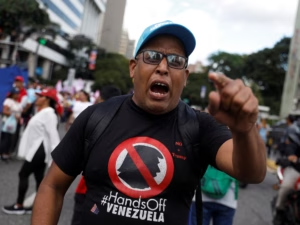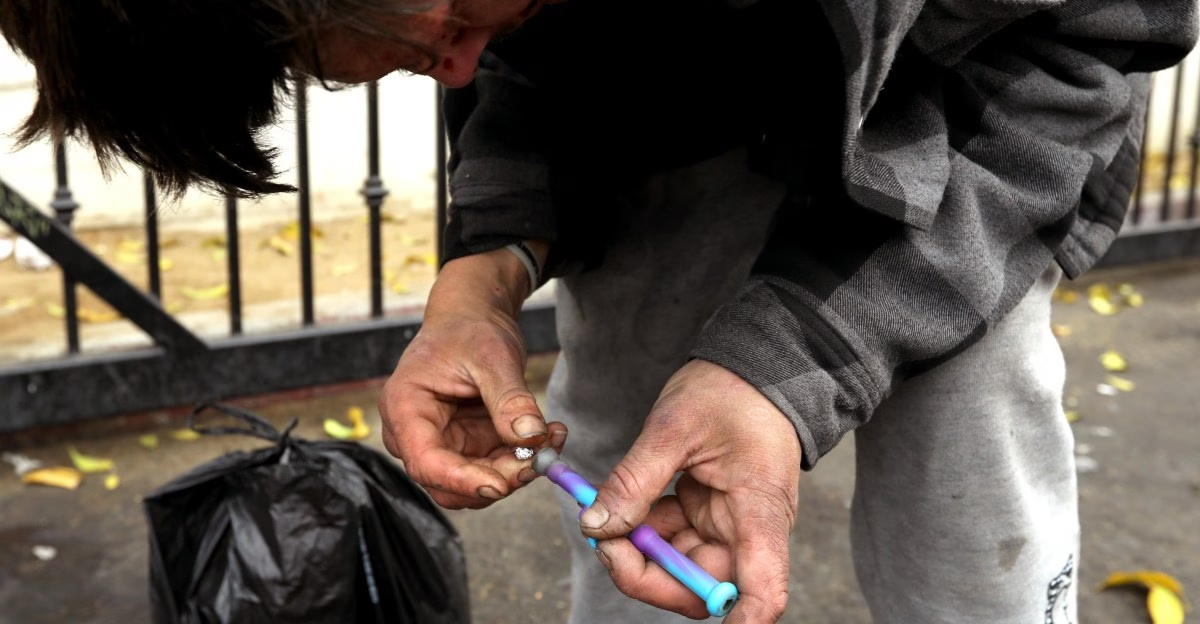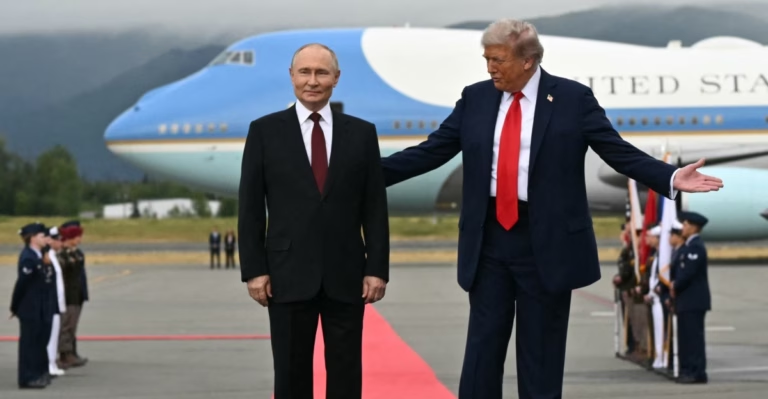Understanding Fentanyl’s Role in National Security and Economic Policy
In recent years, the potent synthetic opioid fentanyl has emerged as a significant threat not only to public health but also to national security and economic policy in the United States. Since its devastating impact began to manifest around the mid-2010s, fentanyl has contributed to a sharp rise in overdose deaths, making it one of the deadliest drugs in U.S. history. The crisis has sparked intense debates and actions, including significant shifts in national security strategies and economic policies, particularly in how the U.S. engages with countries like China, Mexico, and Canada. This interaction is complex, driven by the drug’s powerful effects, its production process, and the global economic interests at stake.
The Emergence of Fentanyl as a National Security Threat
The U.S. administration under President Donald Trump has been at the forefront of framing fentanyl as a national security concern. In a departure from traditional perspectives on drug abuse, which often prioritized public health and law enforcement, the Trump administration began to view fentanyl’s cross-border trafficking as a national security issue. This pivot was underscored by the imposing of tariffs on countries identified as critical nodes in the fentanyl supply chain, including China, Mexico, and, to a lesser extent, Canada. The rationale behind this approach was to pressure these nations into curbing the production, distribution, and flow of fentanyl and its precursors into the U.S.
Economic and Diplomatic Consequences of the Fentanyl Crisis
This repositioning of fentanyl as a national security threat has had profound economic and diplomatic implications. The application of tariffs on goods from China and Mexico, nations integral to the supply chain of fentanyl, was a stark example of how drug control has merged with trade policy. The imposition of tariffs and discussions of military action against drug cartels in Mexico highlighted a more assertive approach to combatting the fentanyl crisis, blending traditional crime-fighting and national security strategies.
The involvement of China in the fentanyl scene has been particularly contentious. As the largest producer of chemical products globally, including the precursors needed to synthesize fentanyl, China has been under scrutiny for its role in the fentanyl crisis. The U.S. administration has accused China of intentionally overlooking or facilitating the export of fentanyl precursors, leading to heightened tensions and retaliatory trade measures. This has complicated the diplomatic relationship between the two superpowers, introducing drug control as a significant issue in their economic and security dialogues.
The Role of Mexico and Canada in the Fentanyl Supply Chain
Mexico and Canada have also found themselves central to the U.S. strategy to contain the fentanyl crisis, albeit in different capacities. Mexico, with its long and porous border with the U.S., has been a crucial transit point for the smuggled drug. The U.S. has sought to leverage economic and diplomatic tools to pressure Mexico to intensify its efforts against trafficking organizations. The threats of and eventual imposition of tariffs reflected a U.S. willingness to draw economic policy into its anti-fentanyl strategy.
Canada’s involvement is different, with much less fentanyl originating from or passing through the country compared to Mexico. However, the U.S. has still applied pressure through tariffs, demonstrating a broader approach to curb the drug’s international movement. While these measures underscore a comprehensive attempt to stymie fentanyl’s flow into the U.S., they also highlight the complex interplay between drug control, trade, and security policy.
The Challenges of Addressing the Fentanyl Crisis
Addressing the fentanyl crisis presents multifaceted challenges. The global nature of its production, distribution networks, and varied chemical composition make it a dynamic and resilient threat. Efforts by the U.S. to control the crisis through international trade and security policies, while innovative in some respects, face significant hurdles. The confrontation with China over chemicals, the potential for retaliatory measures, and the need for cooperation across the paralyzed U.S.-Mexico relationship illustrate the complexities of turning the tide against fentanyl.
Moreover, the issue of fentanyl underscores the broader challenges of global governance in controlling the flow of illicit substances. It highlights the need for international cooperation, balanced with robust domestic strategies aimed at both supply reduction and demand-side measures. The effective control of fentanyl requires not only the curtailing of its global supply chains but also a comprehensive approach to addiction treatment, public health education, and the rehabilitation of affected communities.
As the U.S. and other countries continue to grapple with the fentanyl crisis, the experience serves as a stark reminder of the interconnections between public health, national security, and economic policy. It demands innovative strategies, a departure from traditional approaches, and a willingness to explore uncharted territories in international relations and domestic policy-making to effectively mitigate the crisis. The way forward necessitates collaboration, adaptability, and a recognition of the evolving nature of the threat posed by fentanyl and similar synthetic opioids.
Source: https://www.vox.com/politics/406336/fentanyl-china-canada-mexico-trump








